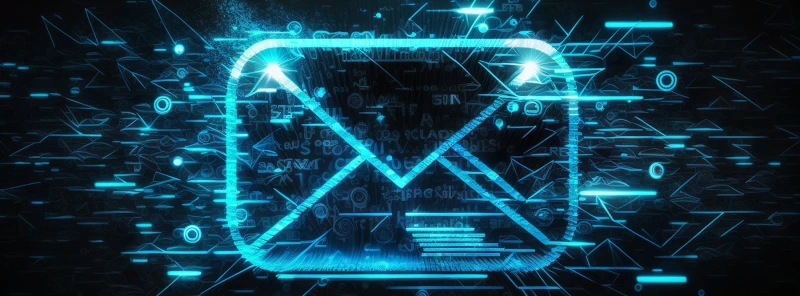Case Studies
To help you understand the different options for exchanging information securely across domains or networks here is a selection of the trusted solutions we have delivered for our clients.
Due to the sensitive nature of these projects we are not able to disclose the details of the organisations in question within the public domain. If you want to find out more about any of these case studies, please get in touch directly, and we may be able to provide further details.

The ways we create, store and share information are changing. New ways of keeping this information secure are needed if we want to continue working efficiently in a more open environment.
Read more

When you are working closely with others, you need to have access to their information and want to give them access to yours – but not necessarily to all of it. You also need to be sure that providing access to legitimate users of your information is not opening your system to unwanted intrusion.
Read more

When you are using something that works well, you do not want to change it. Sometimes there is no choice – you need to address something as other factors change. In this case, the vulnerability was the available support for the operating system, meaning that every component of the system was affected.
Read more

There are times when you need to securely get access to information from another system without any idea of how that other system works. You may be working with another organisation, or may simply need to be able to access information from a secure system using a less secure one.
Read more

As the concept of the connected car gains momentum and the amount of software in a car rises sharply, the level of cyber risk increases too. When a cyber attack could be a potential matter of life and death then a comprehensive approach must be taken in order to reduce the cyber vulnerabilities.
Read more

When you are using a number of disconnected systems to manage critical infrastructure, none of which talk to each other by design, you need to get information out of these systems without the risk of introducing anything nasty.
Read more

When you have remotely controlled cameras in operation you need to find a secure way of receiving information from the cameras and a secure way to control them without leaking information.
Read more

Organisations can transfer files between networks using USB sticks, but this is an insecure and inefficient practice. Using data diode and data guard technology can significantly improve the speed, control and security for organisations in sharing files across its different network domains.
Read more